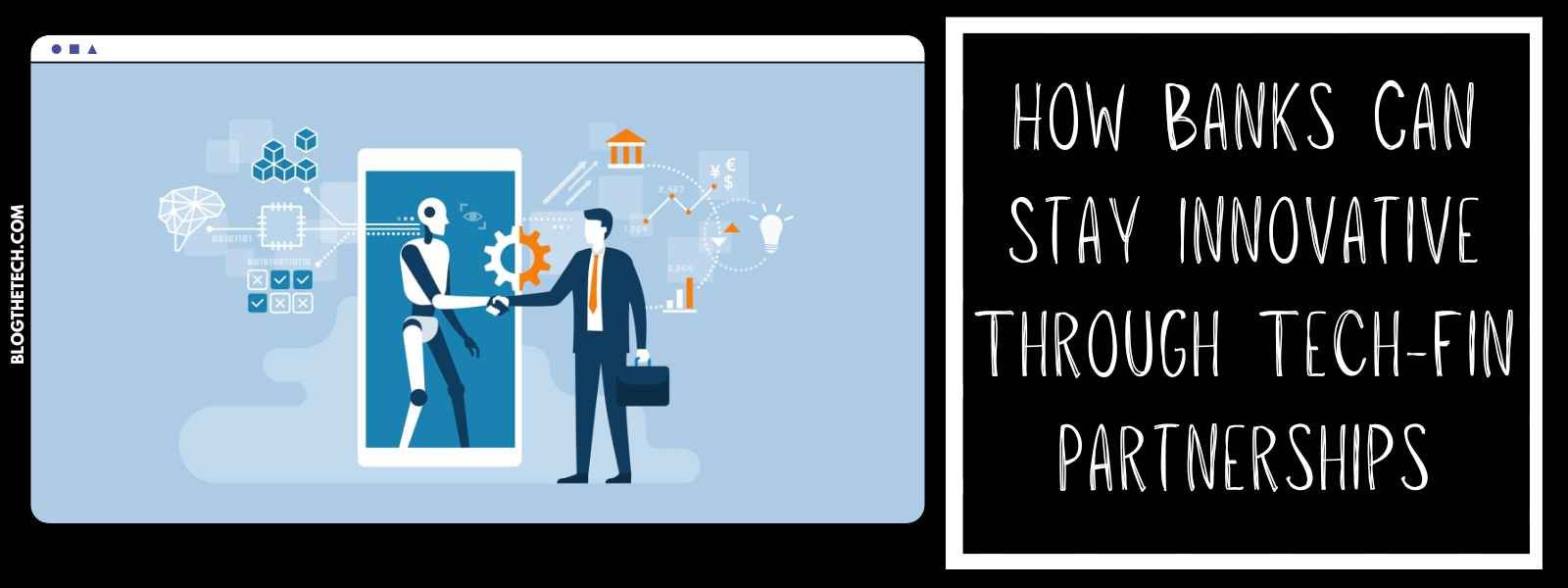Investing in the stock market has become easier than ever, thanks to the ability to buy shares online. With a few clicks, anyone can begin their investment journey, regardless of their experience level. However, for beginners, it’s important to understand the basics and make informed decisions when entering the market. In this blog, we’ll walk you through the steps to buy shares online and help you choose the best trading platform in India to ensure your investments are secure and profitable.

The Benefits of Buying Shares Online
The ability to buy shares online has revolutionised the way people invest in the stock market. Online trading platforms offer investors numerous advantages over traditional methods of trading. Here are a few benefits:
- Convenience: Online platforms allow you to trade from the comfort of your home, saving time and effort. You can execute trades at any time without relying on a broker’s availability.
- Real-time updates: Most online platforms provide real-time data and stock market updates, helping you make timely decisions.
- Lower costs: Many trading platforms in India offer lower transaction fees than traditional brokerage firms, making investing more affordable for everyone.
- Access to research tools: Most platforms offer research and analysis tools, giving users the data they need to make informed decisions before buying shares.
Steps to Buy Shares Online Safely
1. Choose a trusted trading platform
The first step to safely buying shares online is selecting the right trading platform in India. Make sure the platform is registered with SEBI (Securities and Exchange Board of India) and provides features such as real-time data, security protocols, and responsive customer support.
2. Open a Demat and trading account
To buy shares online, you’ll need both a Demat and a trading account. The Demat account holds your shares in digital format, while the trading account is used to execute buy and sell orders. Most trading platforms in India allow you to open both accounts simultaneously, making the process straightforward.
3. Fund your account
After setting up your accounts, deposit funds into your trading account. Ensure you use secure payment methods and fund your account with the amount you are comfortable investing.
4. Research stocks
Before you buy shares online, research the companies you’re interested in. Look into their financial performance, growth prospects, and market trends. Many trading platforms in India offer research tools to help you analyse and choose stocks wisely.
5. Place an order
Once you’ve selected your stock, place an order through your trading platform in India. You can choose a market order, where shares are purchased at the current price, or a limit order, where you specify the price at which you wish to buy shares.
6. Monitor your investments
After buying shares, it’s important to regularly monitor their performance. Keep an eye on market trends, news updates, and any developments that could impact your investment. Continuous monitoring allows you to make timely decisions about selling or holding your stocks.
Safety Tips for Online Share Trading
While online trading offers numerous benefits, it’s essential to take safety precautions to protect your investments:
- Use a regulated platform: Always ensure the trading platform in India you choose is regulated by SEBI. A regulated platform follows strict guidelines to protect investors and ensures your funds are secure.
- Enable two-factor authentication (2FA): Adding an extra layer of security to your account can prevent unauthorised access. Enable 2FA on your trading account to safeguard against cyber threats.
- Avoid public Wi-Fi: Never use public Wi-Fi networks for financial transactions, including online trading. Public networks can expose your sensitive information to hackers.
- Start small: As a beginner, it’s wise to start with small investments. This helps you gain experience in the market without risking too much of your capital.
- Stay informed: Keeping yourself updated on market trends and company news is key to making informed investment decisions.
Choosing the Right Trading Platform in India
The success of your online trading experience largely depends on selecting the best trading platform in India. When choosing a platform, consider the following:
- User interface: A platform with a simple and easy-to-use interface is important, especially for beginners. Look for platforms that offer clear navigation and an organised dashboard.
- Fees and commissions: Different platforms charge different fees for trades and account maintenance. Be sure to compare fee structures to find one that aligns with your investment goals.
- Research and tools: A good trading platform in India offers access to research tools, real-time data, and advanced charting options. These tools can help you analyse stock trends and make informed investment decisions.
- Customer support: Look for a platform that offers reliable and responsive customer support. Whether you have technical issues or general questions, good customer service is essential for a smooth trading experience.
Start Your Investment Journey Today!
Learning to buy shares online can be a simple and secure process if you choose the right platform and follow best practices. With a trusted trading platform in India, you can take control of your investments and achieve your goals.
For a seamless and secure online trading experience, consider using Ventura. They offer a user-friendly platform with all the tools and support you need to confidently buy shares online. Whether you’re a beginner or an experienced trader, Ventura provides a secure environment and expert resources to help you succeed in the stock market.
















